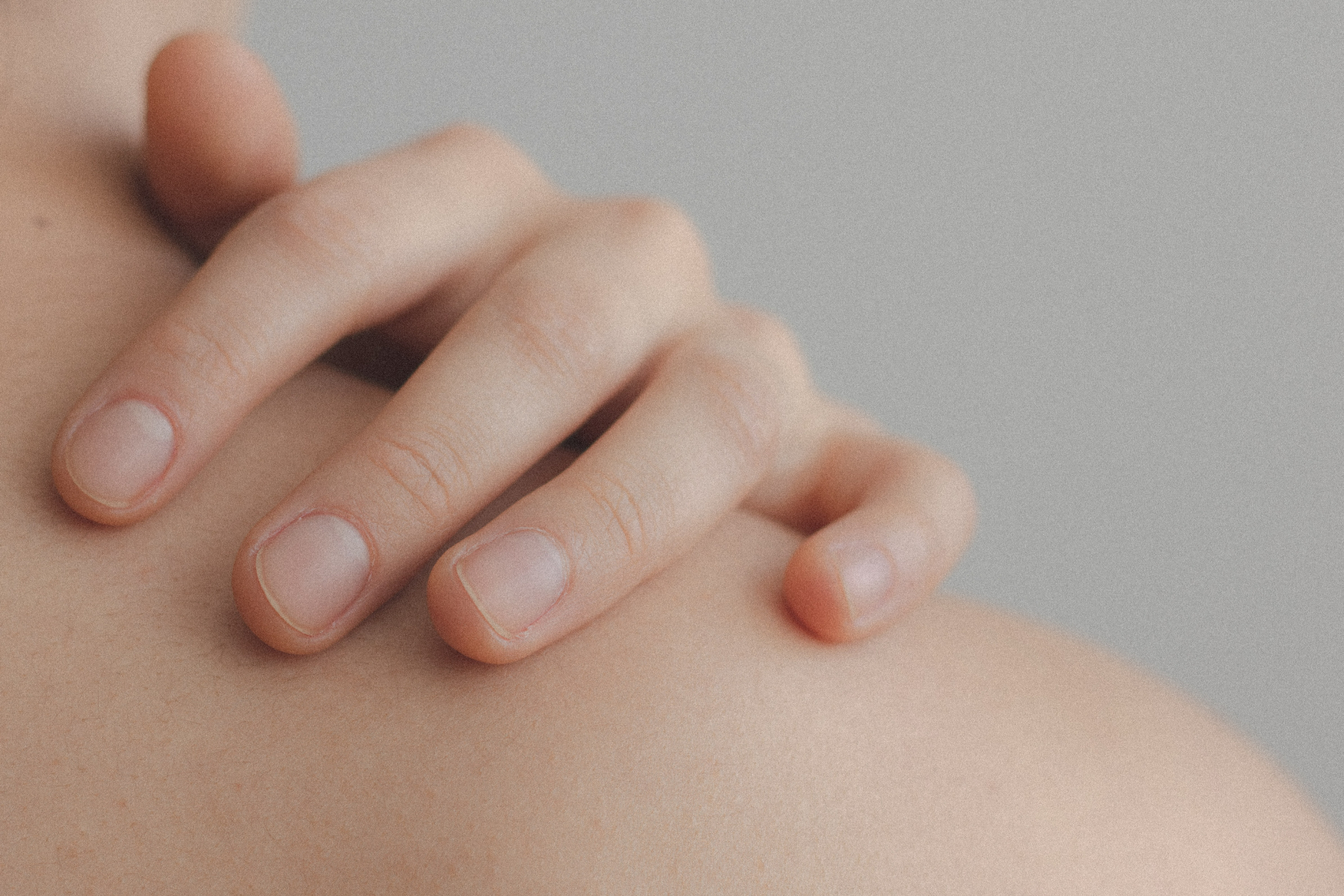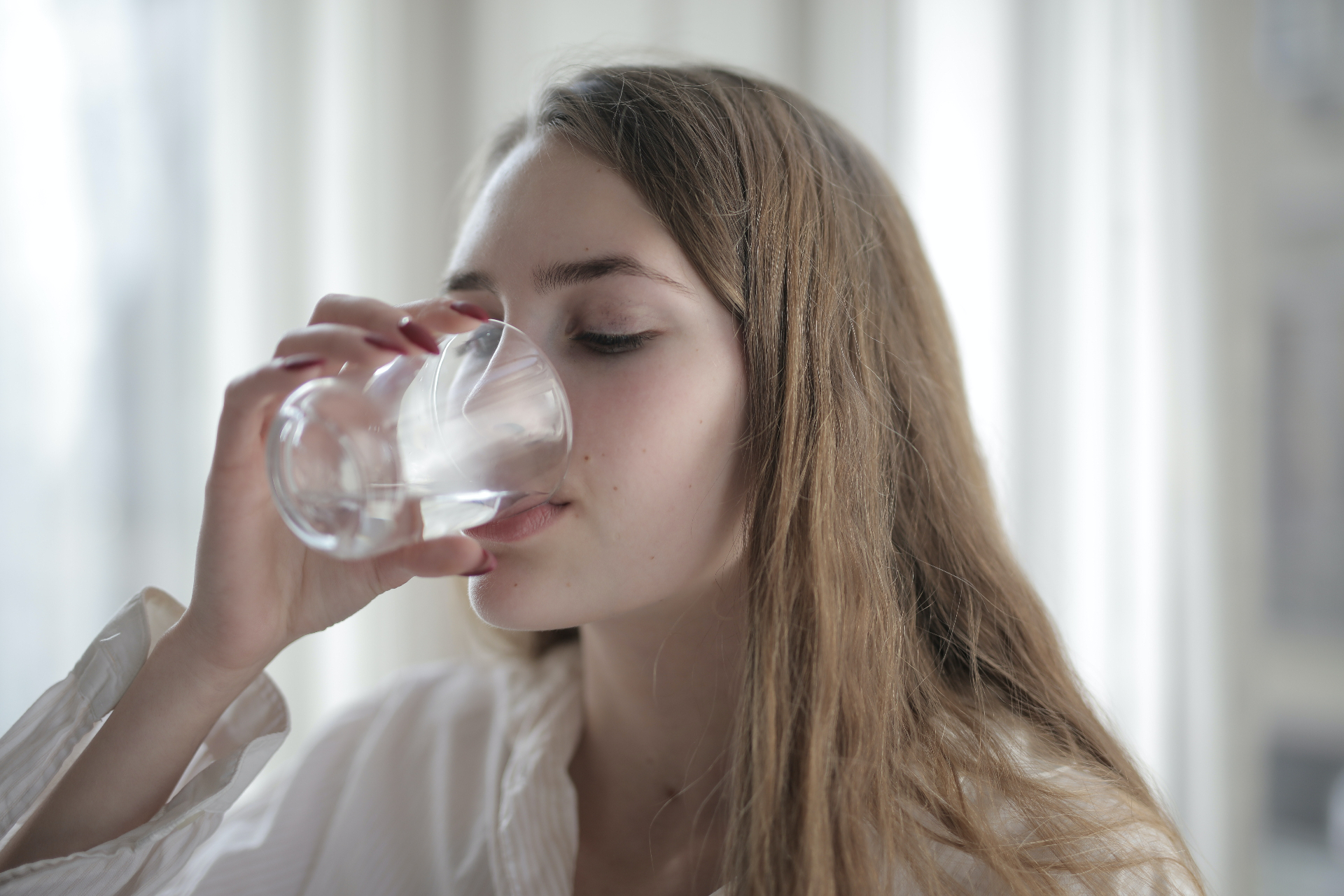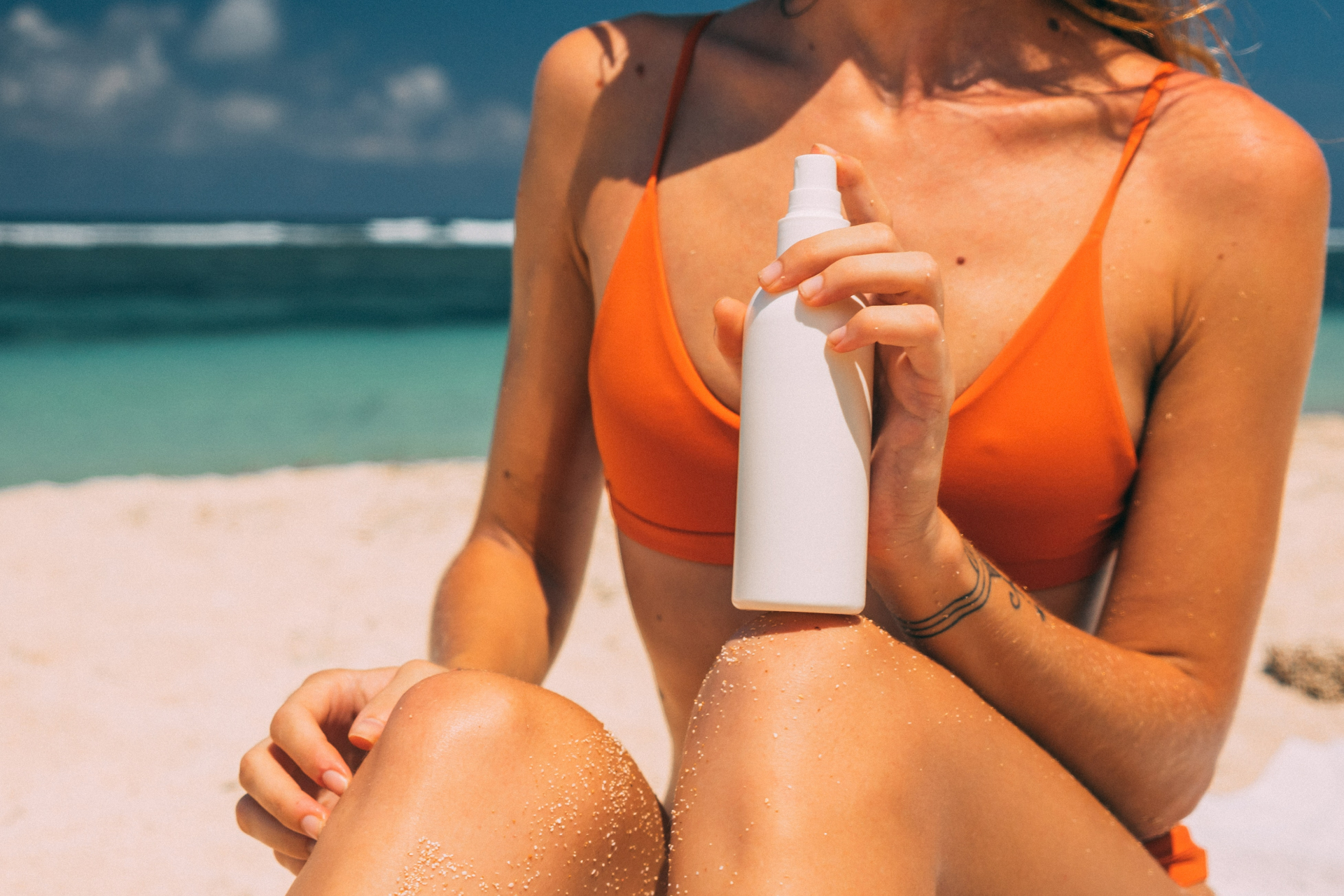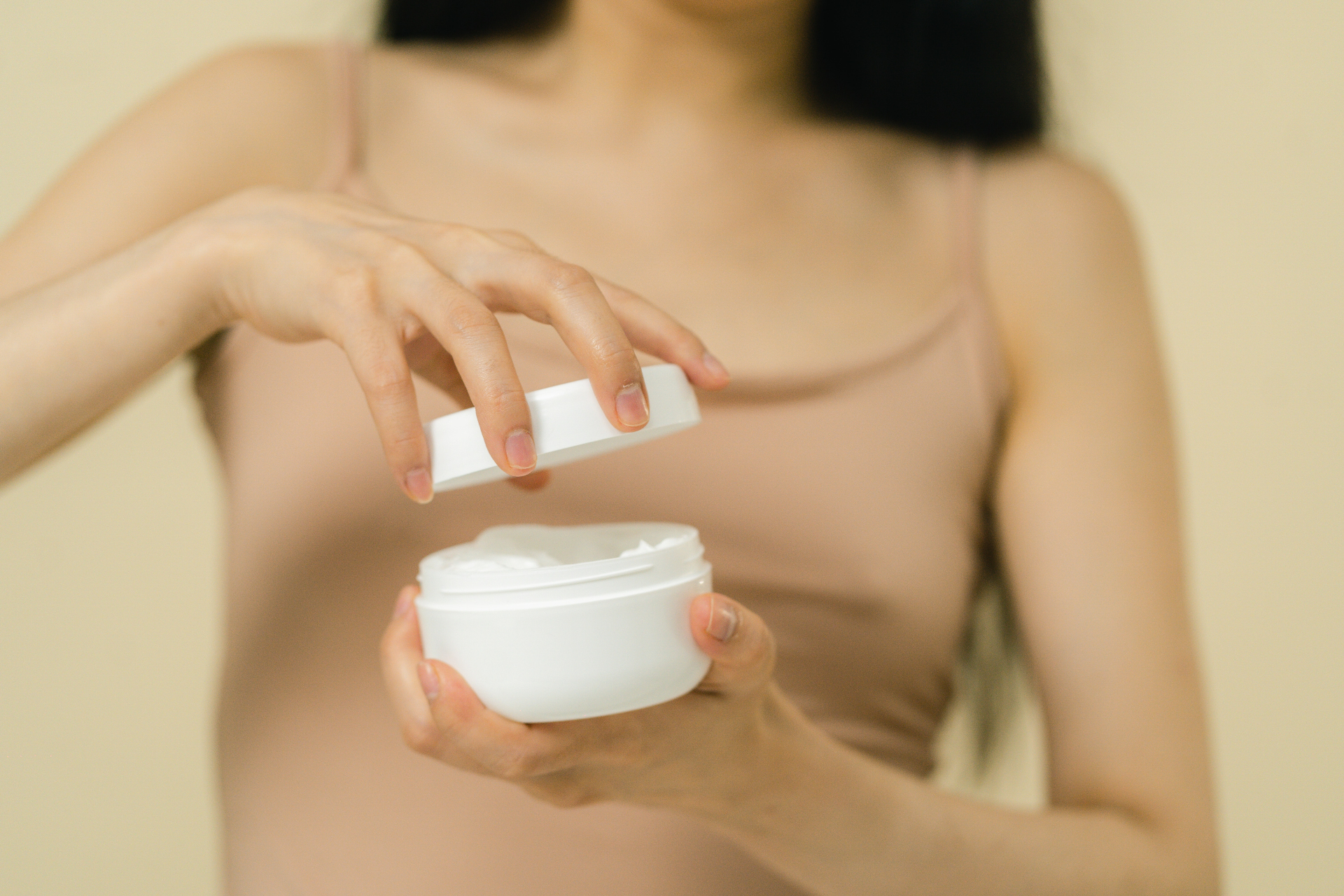
Together with experts, we’ll figure out what to change in your usual skincare routine in the spring and what products will help to properly moisturize and protect your skin.
- After winter
- 8 rules of care
- Cosmetologist’s advice
Skin after winter

Spring skin care is about restoring it after a difficult period with temperature changes and lack of sun. Heating in an apartment with insufficient air humidity often leads to peeling, redness and a feeling of tightness. Many people experience increased manifestations of rosacea, inflammation and acne. All this can be a consequence not only of environmental influences, but also of nutritional costs: in winter, you more often crave sweet and fatty foods, and there are fewer fresh vegetables and fruits in your diet.
In addition to temperature changes indoors and outdoors, the habit of taking hot baths and showers also affects your skin during the cold months. This leads to dryness and irritation, especially if the water is hard. With the arrival of spring, it makes sense to reconsider your habits and care so that your skin will be beautiful and healthy in the coming months.
8 rules for skin care in spring
The main rule applies regardless of the season: you need to select cosmetics for your skin type, and for this you can consult a dermatologist or cosmetologist.
1. Exfoliate your skin

Skin cells are constantly regenerating, but in winter most areas of the body remain under warm clothing without interacting with ultraviolet radiation and air, which slows down this process. The best way to exfoliate your skin is to take a warm bath and apply a scrub that gently removes dead skin particles. Pay special attention to your knees, elbows, feet, arms and back. Choose a gentle product to avoid scratching your skin. It makes sense to try several scrubs in practice to choose the most suitable one, since skin sensitivity is a very individual parameter. Don’t use the same scrub for your body and face. The skin on the face is much more delicate and requires gentle exfoliation. Many scrubs contain additional vitamins, brightening ingredients and moisturizing oils – choose the product that best suits you and use 2-3 times a week.
For dry skin, scrubs based on soft granules, with lactic and pyruvic acid are suitable, for oily skin – with salicylic and glycolic, as well as natural abrasives; Gommage is used for any skin type. There is no universal remedy; it should be selected with a cosmetologist.
2. Drink more water

This principle is important at any time of the year. But if you haven’t paid attention to your drinking regime in winter, you’ll probably notice that your skin has become dull and dry. A sufficient volume of fluid in the body affects the proper functioning of all internal systems and organs, and the skin is the largest of them. In the spring, many people begin to exercise harder to get back into “summer shape.” Keep in mind that during training, the body needs even more water to recover, especially if you noticeably sweat during intense exercise.
3. Use sunscreen

Although it is not yet as hot outside as in summer, the sun appears much more often and shines longer, and ultraviolet rays pass even through clouds. Apply a cream or lotion with an appropriate SPF level to exposed parts of the body, especially the face. This will slow down the aging process and avoid the appearance of age spots. Choose a sunscreen with an SPF level of 15 when you spend most of your time indoors. If you have fair skin or are outdoors during periods of maximum sun activity, products with an SPF of 30 to 50 are suitable.
4. Diet variety

In spring, there are more available vegetables and fruits, which contain many antioxidants that increase the protective functions of the skin. Juicy whole foods help boost hydration levels. Eating fruits and vegetables every day ensures that your skin receives enough moisture, vitamins and nutrients to maintain its beauty. To improve its condition from the inside, add fatty fish, citrus fruits, nuts, carrots and healthy oils such as olive and coconut to your diet. Citrus fruits – lemons, oranges, tangerines and grapefruits – have a positive effect on collagen production. There is also a lot of useful vitamin C in sauerkraut, spinach and rose hips. In case of insufficient nutrition, the doctor can prescribe vitamin courses to maintain health, which also have a positive effect on the skin of the face and body.
5. Moisturize your skin

In winter, cosmetologists advise using richer cream textures to protect the face from low temperatures and restore skin elasticity in case of dehydration. When it’s warm outside, a thick layer of care product is less absorbed and can leave a film on the face and greasy stains on clothes. In the spring, it is worth replacing them with lighter products that will help maintain moisture balance but will not clog pores.
Cosmetics based on glycerin and snail mucin will help dehydrated skin; for dry skin, choose creams with vegetable and mineral oils, lanolin and squalene. Ceramides and hyaluronic acid are suitable for both types. Oily skin needs hydration no less than others, but it needs light fluids, gels and gel creams. If you have combination skin, products should be selected for different areas of the face.
6. Play sports

In spring, it seems like you need to save your energy after the long cold months, but in fact, playing sports is the best thing you can do for your body. Cardio exercise, including simple Nordic walking, increases blood flow, keeping skin cells healthy and renewed. The air temperature allows you to move your workouts from indoors to outdoors, which is even more beneficial: you will breathe deeper, and your skin will produce the necessary vitamin D under the sun’s rays. You shouldn’t suddenly start training after a long period of inactivity…
